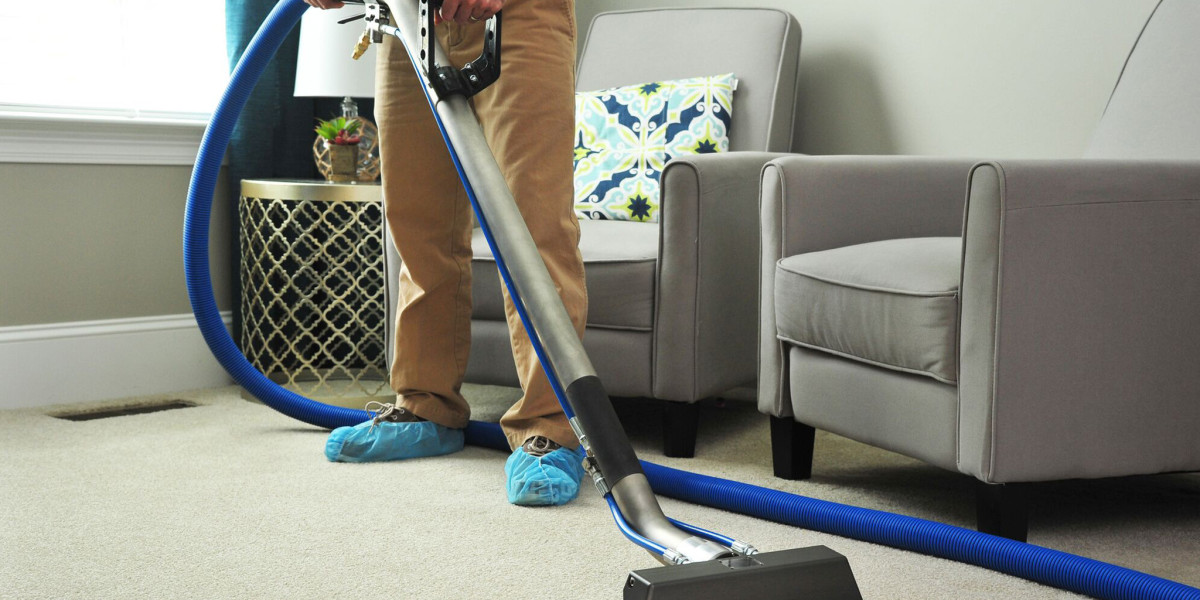The workplace has undergone a massive transformation over the past decade. With increased awareness of environmental issues and a greater focus on health and wellness, many businesses and individuals are rethinking how their offices are set up. One of the most significant changes involves the move toward eco friendly office furniture — a choice that combines sustainability, functionality, and style.
Understanding Eco Friendly Office Furniture
Before diving into your office redesign, it’s essential to understand what qualifies as eco friendly furniture. The term goes far beyond trendy buzzwords — it refers to furniture made using materials and processes that minimize harm to the environment while supporting sustainability throughout the product’s life cycle.
Key Features to Look For
Sustainable Materials: Furniture made from responsibly sourced wood (like FSC-certified), bamboo, recycled metals, and organic fabrics.
Non-Toxic Finishes: Look for low-VOC paints, adhesives, and sealants that won’t pollute indoor air.
Energy-Efficient Manufacturing: Reputable brands use clean energy and ethical practices in production.
Modular and Repairable Designs: Furniture that is built to last, easy to repair, and adaptable for future needs.
End-of-Life Responsibility: Products that can be disassembled, recycled, or biodegraded instead of ending up in landfills.
Why You Should Make the Switch
Making the switch to eco friendly office furniture is more than a feel-good decision — it’s a practical, forward-thinking move with multiple benefits.
1. Healthier Work Environments
Many conventional furniture pieces contain formaldehyde, flame retardants, and VOCs (volatile organic compounds) that release harmful chemicals into the air. Over time, these can lead to headaches, fatigue, respiratory issues, and more. Eco furniture, on the other hand, avoids these toxins, contributing to cleaner indoor air and better health for everyone in the space.
2. Reduced Environmental Impact
Furniture production can be resource-intensive. Sustainable pieces reduce demand on raw materials, utilize recycled content, and often rely on renewable energy. The result? A significant decrease in carbon emissions and waste.
3. Long-Term Cost Savings
Though the initial investment in green furniture might be slightly higher, it pays off over time. Durable designs mean fewer replacements and repairs. Plus, modular pieces can adapt as your space and team grow, saving you from having to start over.
4. Positive Brand Image
For businesses, sustainability is more than a trend — it’s a brand value. Choosing eco friendly office furniture sends a strong message to clients, partners, and employees that your organization cares about the planet and the well-being of its people.
Sustainable Materials That Matter
To ensure your furniture is genuinely sustainable, here are some of the best materials used in the design and manufacturing of eco-conscious office furniture:
Reclaimed Wood
Reclaimed wood furniture reuses lumber from old buildings, barns, or furniture, giving it a second life. It’s strong, full of character, and reduces demand for virgin timber.
Bamboo
Bamboo grows much faster than traditional wood, making it one of the most renewable materials available. It’s also incredibly strong and stylish, ideal for desks, chairs, and storage.
Recycled Metal & Plastic
Using recycled metals and plastics cuts down on mining and manufacturing emissions. These materials are often found in frames, filing cabinets, and desk components.
Organic Fabrics
Fabrics like organic cotton, hemp, and wool are grown without toxic pesticides and are biodegradable. These materials are perfect for ergonomic chair upholstery, soft panels, or lounge seating.
Cork and Recycled Paper
Often used for accessories and soft furnishings, cork and recycled paper can create beautiful, practical additions to a green office, such as pinboards or dividers.
Types of Eco Friendly Office Furniture
Let’s explore some of the main furniture categories and what to look for when shopping sustainably:
Desks
Made from bamboo, reclaimed wood, or FSC-certified timber
Minimalist design with fewer manufactured parts
Water-based sealants or finishes
Chairs
Ergonomic designs with recycled or recyclable frames
Non-toxic padding made from natural latex or organic foam
Upholstered in organic or recycled textiles
Storage Solutions
Recycled steel file cabinets
Stackable wooden boxes or modular units
Minimal use of plastic or adhesives
Conference Tables
Large surfaces made from salvaged wood
Designed for longevity with repairable parts
Durable construction to handle frequent use
Collaborative Furniture
Mobile whiteboards made from recycled materials
Lightweight chairs or stools with low environmental impact
Soft seating made from repurposed fabric or foam
How to Choose the Right Furniture for Your Office
Selecting eco friendly office furniture is not just about the label — it’s about making informed decisions that align with your needs and values.
Step 1: Define Your Needs
How many employees or users will the space serve?
What kind of work will take place in the space?
Are flexibility and reconfiguration important?
Step 2: Prioritize Materials
Always look for certifications such as:
FSC for wood sourcing
GREENGUARD for indoor air quality
Cradle to Cradle for product life-cycle sustainability
BIFMA Level for furniture performance and environmental responsibility
Step 3: Set a Budget
You don’t need to outfit the entire office in one go. Start with high-impact pieces like desks and chairs, then expand over time.
Step 4: Shop Mindfully
Avoid fast furniture. Instead, work with companies or local makers that offer transparency about materials, manufacturing practices, and durability.
Additional Ways to Create a Sustainable Workspace
While furniture plays a major role, there are other elements to consider when creating a green office:
Energy-efficient lighting such as LEDs and smart bulbs
Indoor plants to purify the air and reduce stress
Paperless workflows and cloud storage to reduce physical waste
Recycling bins for paper, plastic, and electronics
Reusable supplies such as refillable pens and notebooks
FAQs About Eco Friendly Office Furniture
Q: How can I tell if a piece of furniture is really eco friendly?
A: Check for certifications, ask for a list of materials, and research the manufacturer’s sustainability practices.
Q: Is eco furniture more expensive than regular office furniture?
A: It can be slightly more expensive upfront, but its durability and low maintenance often make it more cost-effective long-term.
Q: Can I buy secondhand furniture and still be sustainable?
A: Absolutely. Buying gently used or refurbished furniture keeps items out of landfills and reduces demand for new production.
Q: What’s the best way to dispose of old office furniture sustainably?
A: Donate, sell, or recycle through local services. Avoid sending it to the landfill whenever possible.
Q: Is eco friendly furniture stylish?
A: Yes! Many eco brands focus on modern, minimalist, or even luxury aesthetics, proving that green furniture can also be beautiful.
Final Thoughts
Choosing eco friendly office furniture is one of the smartest decisions you can make for your workspace, your health, and the planet. By understanding what defines sustainable furniture and being intentional about your choices, you can design a modern, high-performing office that reflects your values.
From natural materials to smart manufacturing and long-term usability, green office furniture proves that responsibility and design can coexist seamlessly. Start small or go big — every eco-conscious decision counts.








